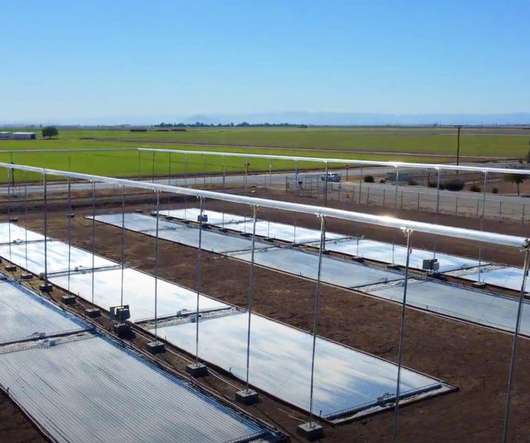Researchers use melamine to create effective, low-cost carbon capture; potential tailpipe application
Green Car Congress
AUGUST 5, 2022
The low cost of porous melamine means that the material could be deployed widely. Haiyan Mao, a UC Berkeley postdoctoral fellow who is first author of the paper, said that melamine-based materials use much cheaper ingredients, are easier to make and are more energy efficient than most MOFs.








































Let's personalize your content